Put Your Patriotism to the Test: How Well Do You Know the Revolutionary War?
The Revolutionary War was the war that led to the creation of the United States of America and, therefore, is an integral piece of the nation’s rich history.
But even the most vehement American patriot probably won’t be able to answer these 15 questions about this extremely important part of US history.
1. When was the Revolutionary War fought?
- A) 1775-1783
- B) 1770-1776
- C) 1789-1800
- D) 1796-1804
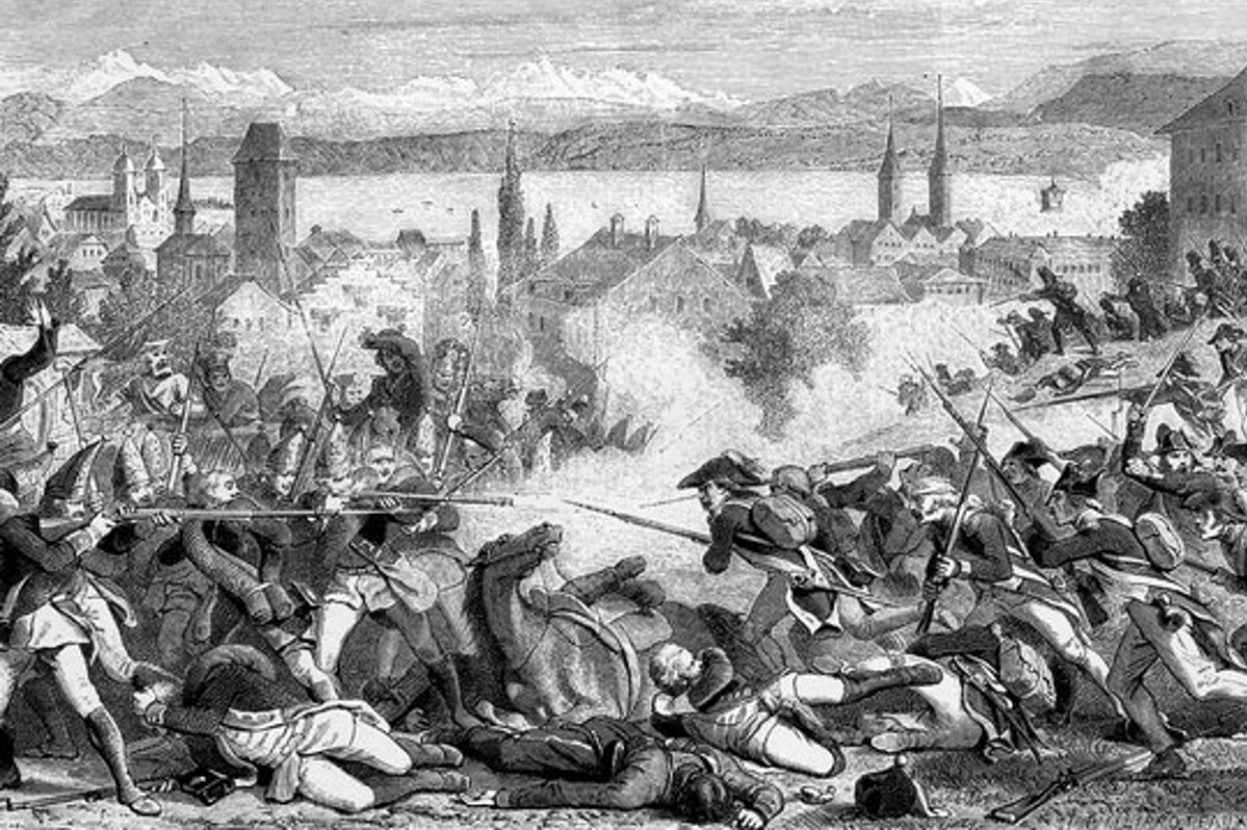
Source: Adobe Stock
Answer:
1775-1783
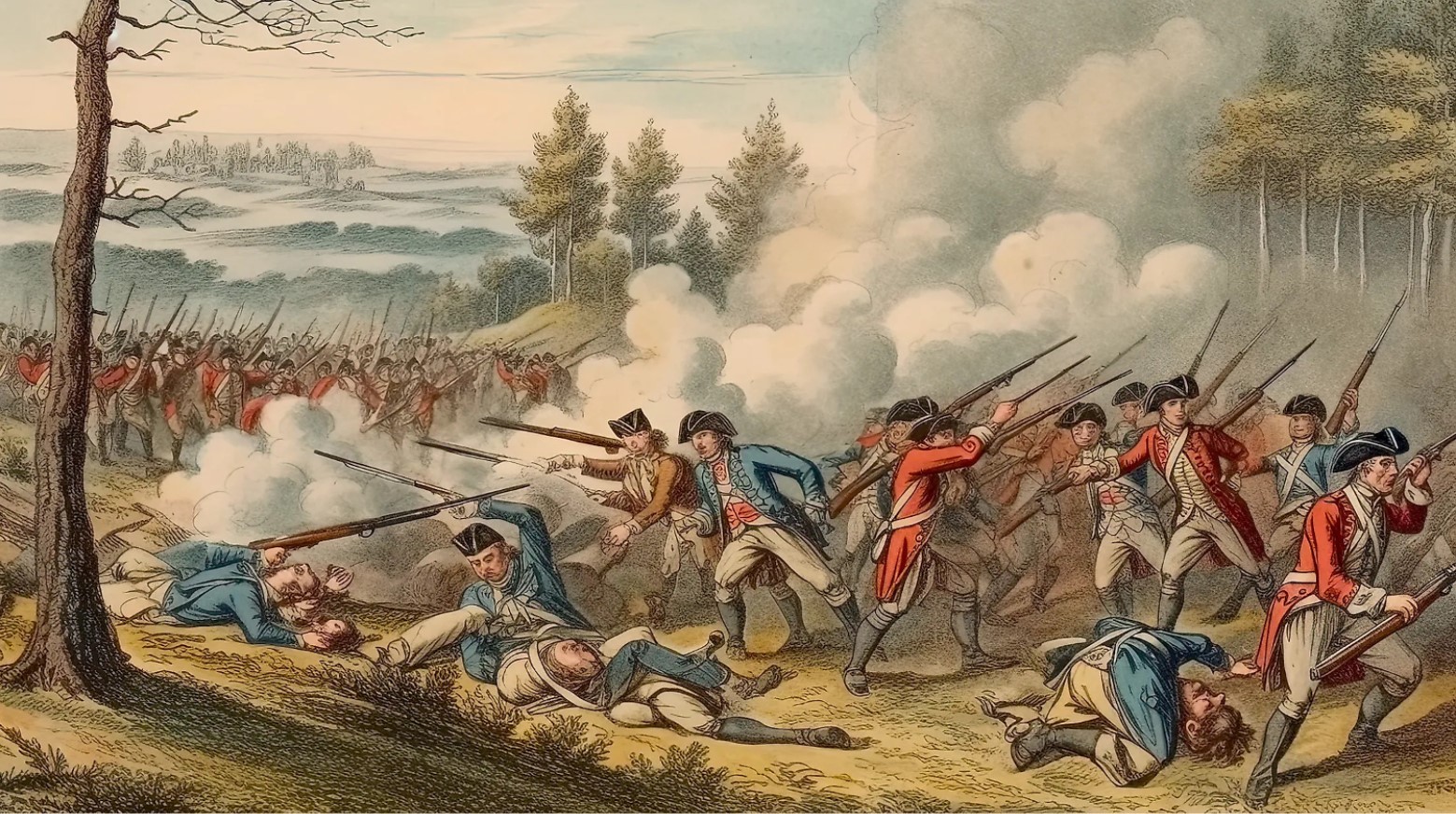
Source: Adobe Stock
2. Which of the following three acts directly lead to the Revolutionary War?
- A) The Riot Act, The Stamp Act, & The Freedom Act
- B) The Stamp Act, The Sugar Act, and the Townshend Acts
- C) The Townshend Acts, The Riot Act, & The Freedom Act
- D) The Sugar Act, The Liberty Act, & The Tea Act
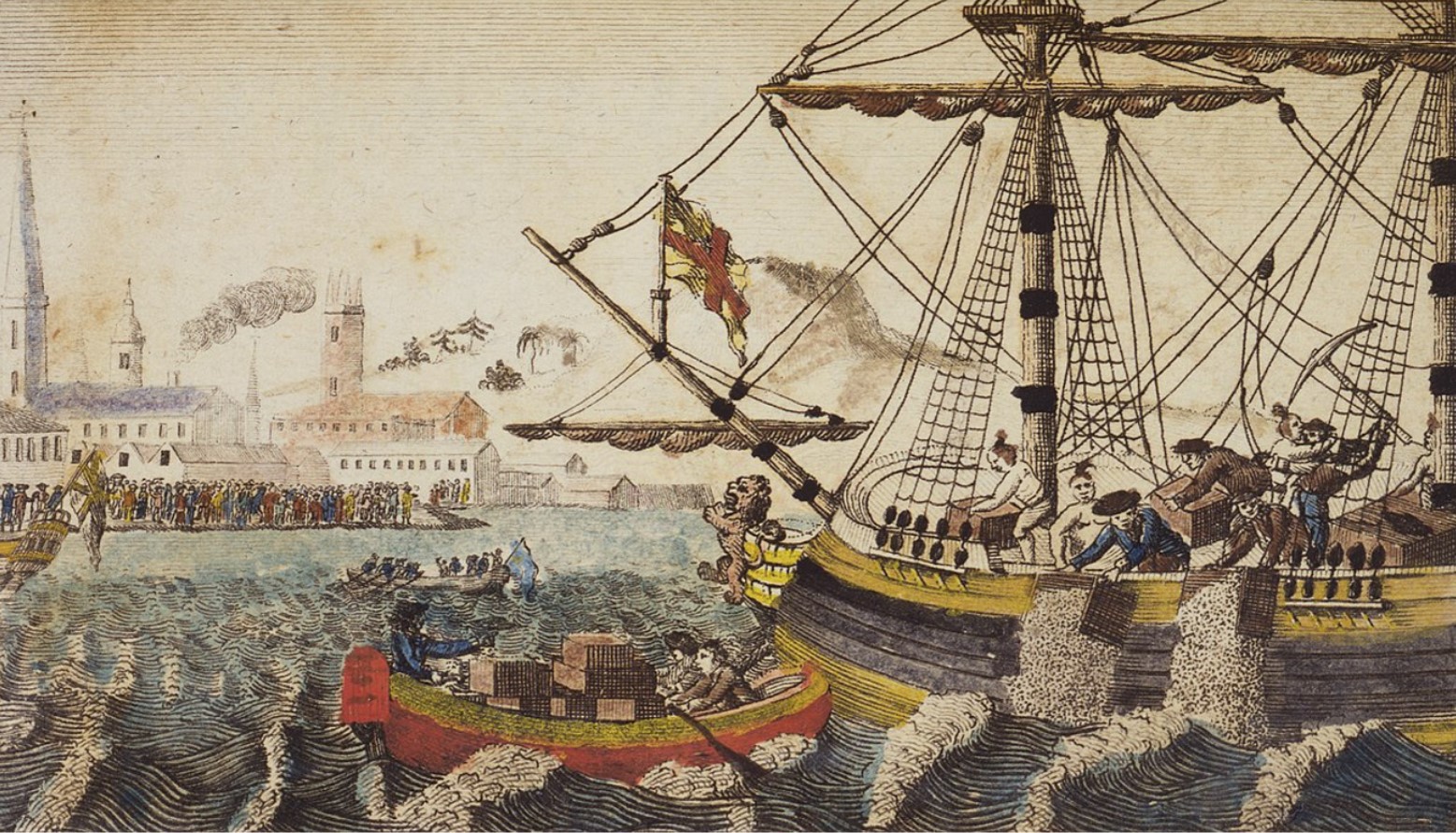
Source: Wikipedia
Answer:
The Stamp Act, The Sugar Act, and the Townshend Acts
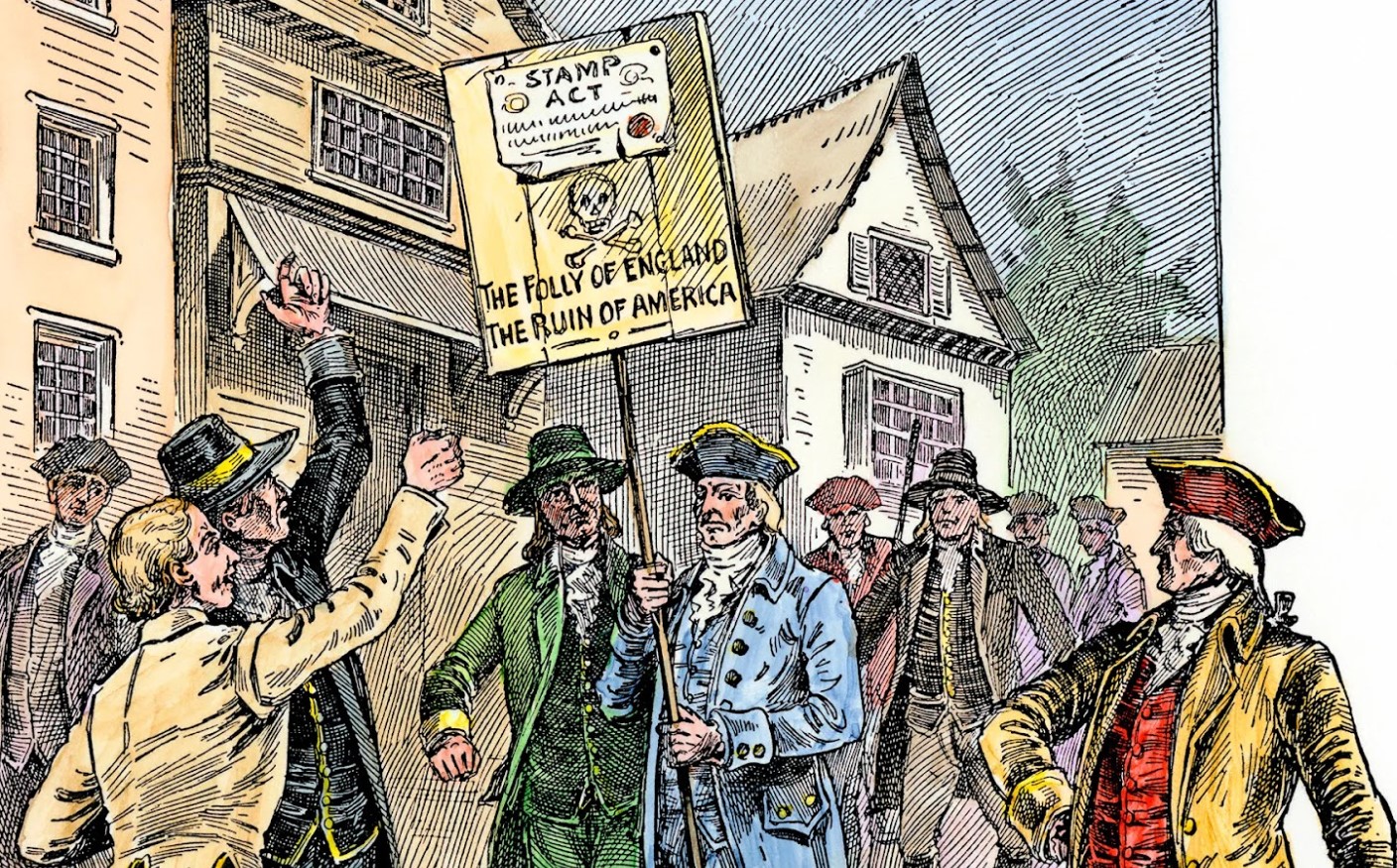
Source: Britannica
3. Who were the patriots?
- A)The patriots were those colonists who remained faithful to the British Crown and Parliament
- B) The patriots were those colonists who wanted to remain a part of Great Britain but with certain liberties that allowed them to make their own decisions
- C) The patriots were those colonists who rebelled against the British Crown and fought for complete freedom
- D) None of the Above
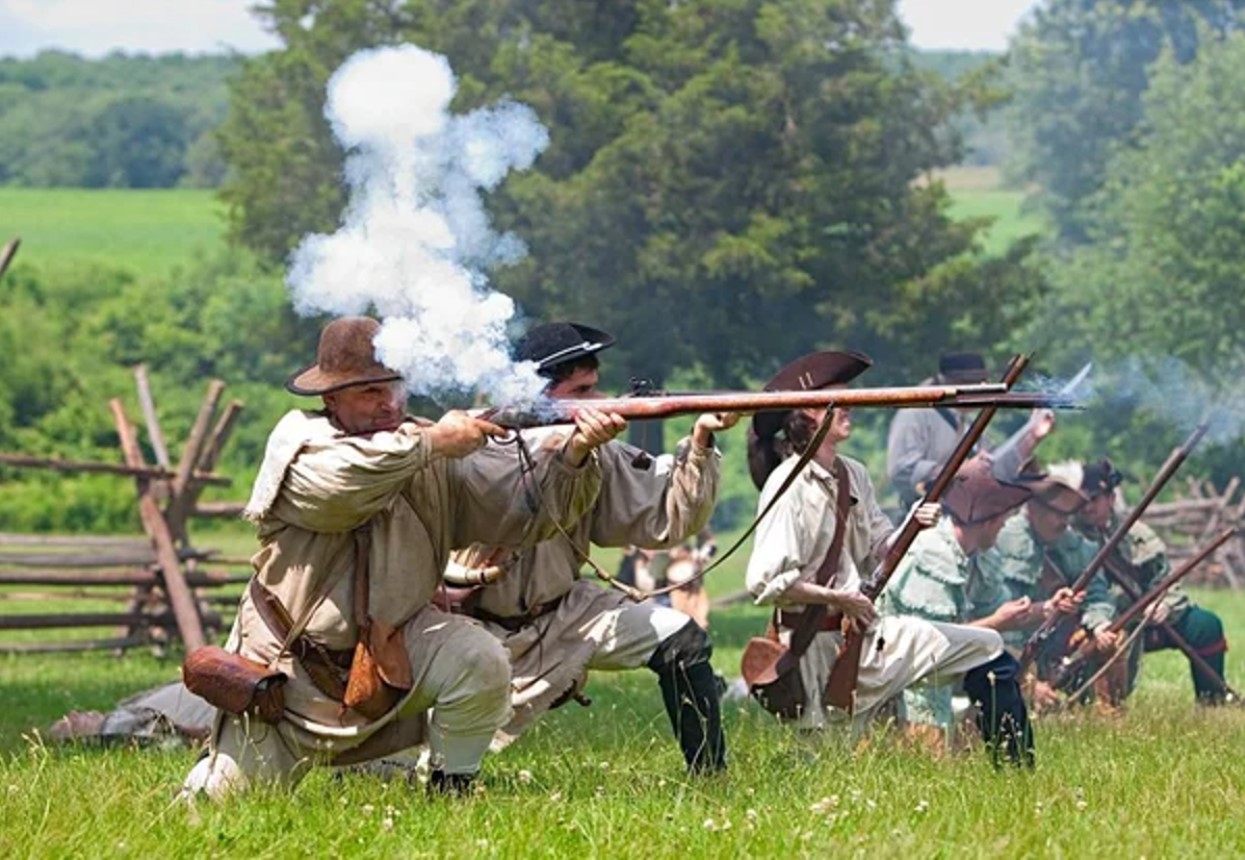
Source: Depositphotos
Answer:
The patriots were those colonists who rebelled against the British Crown and fought for complete freedom

Source: Britannica
4. What were colonists called who remained loyal to the British Crown?
- A) Loyalists
- B) Royalists
- C) Tories
- D) All of the Above
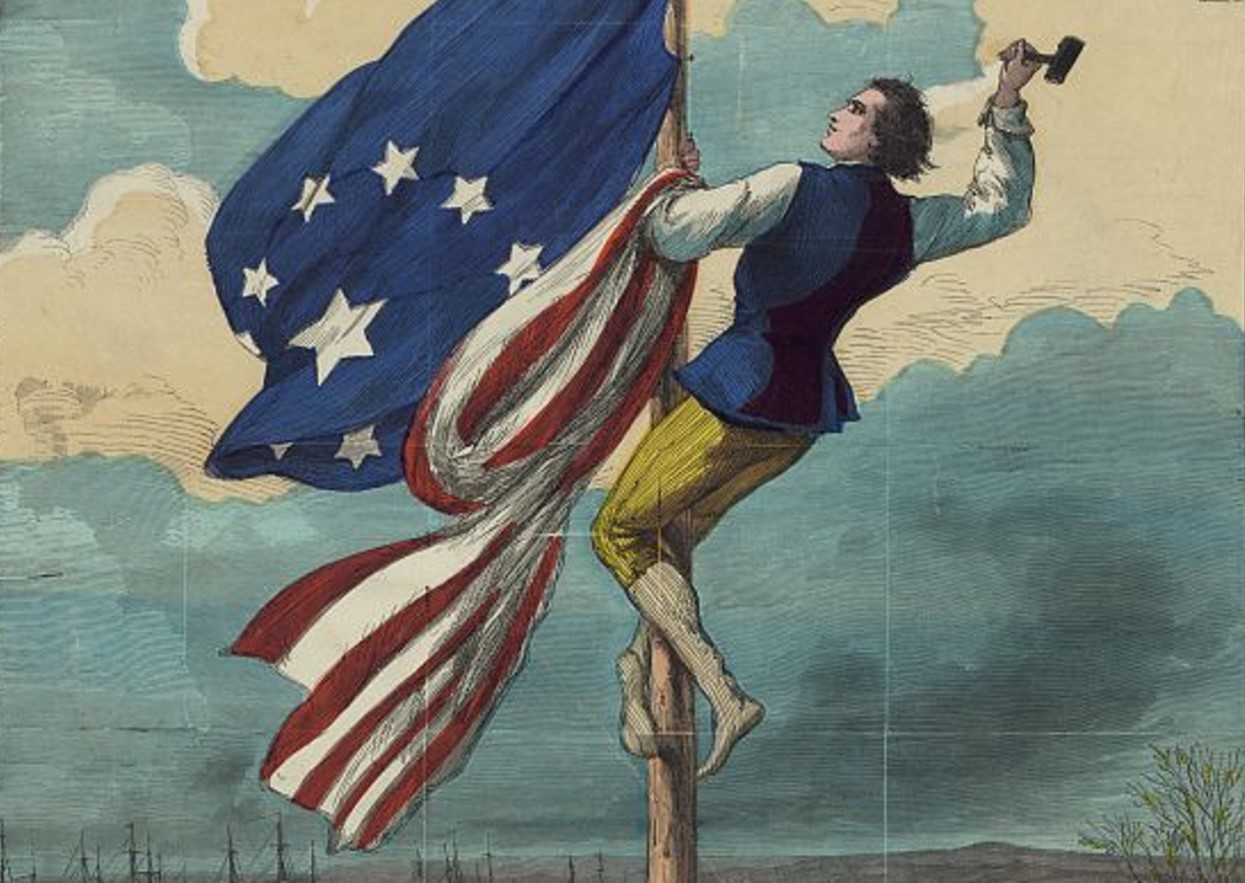
Source: Library of Congress
Answer:
All of the Above
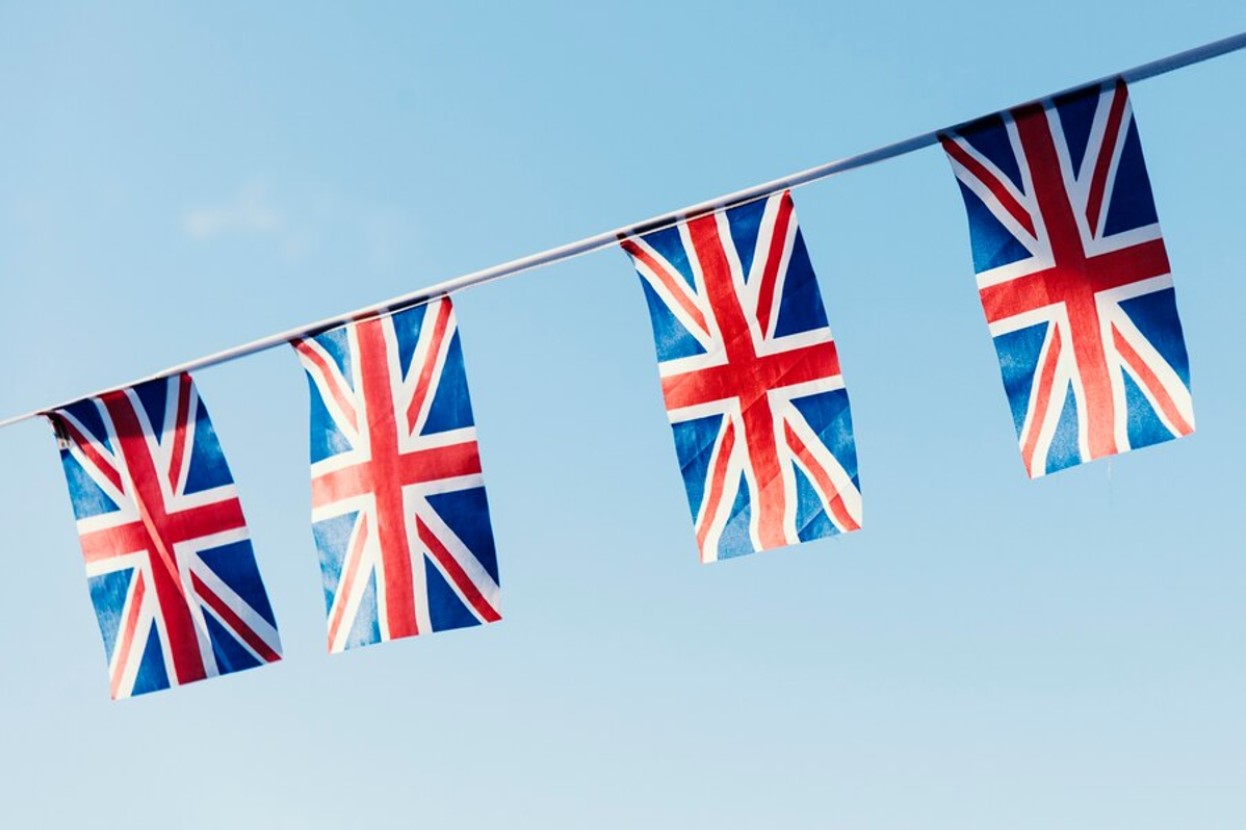
Source: Freepik
5. What was the population of the 13 colonies at the start of the Revolutionary War?
- A) 500,000
- B) 1 Million
- C) 1.5 Million
- D) 2.5 Million
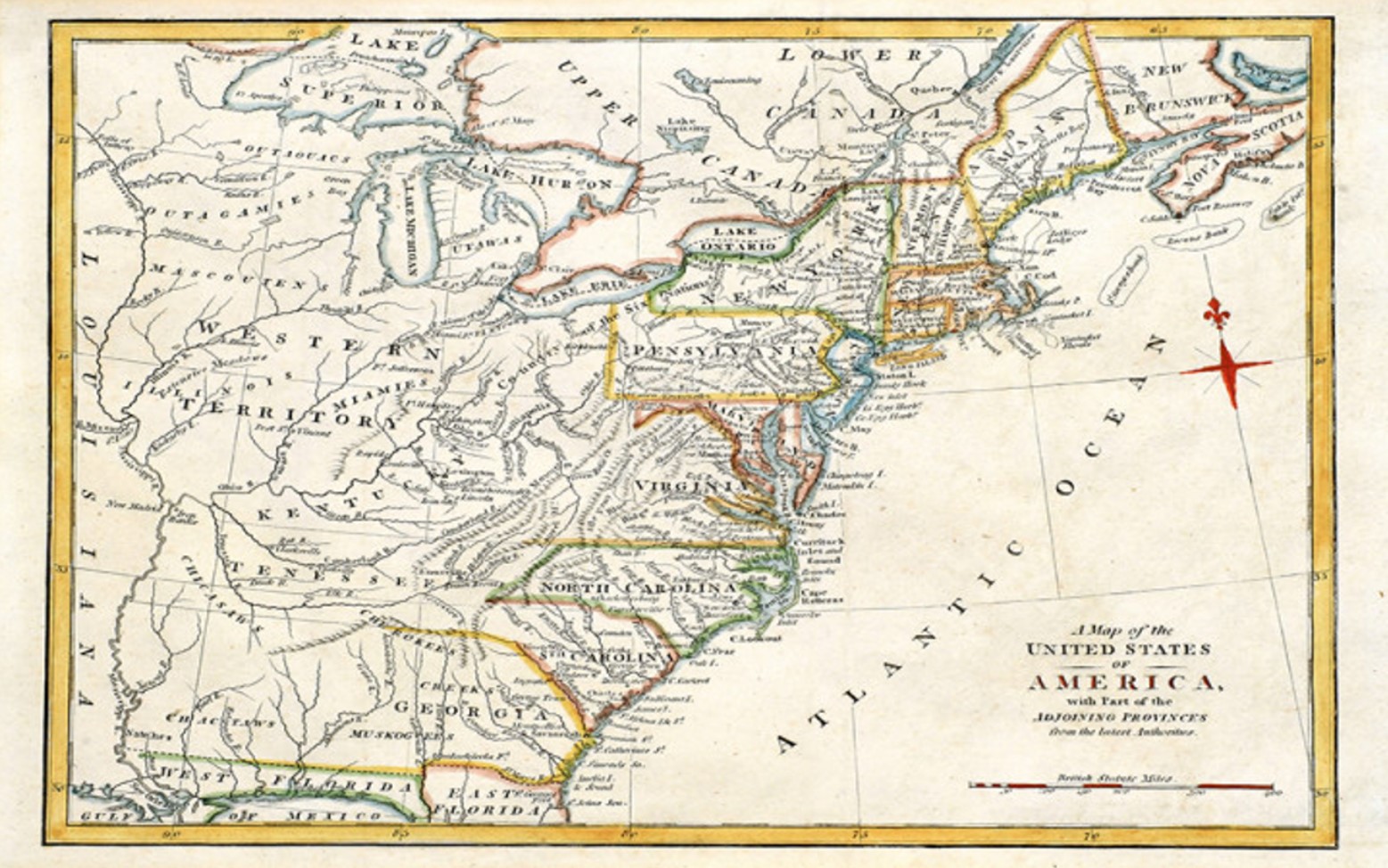
Source: Shutterstock
Answer:
2.5 Million
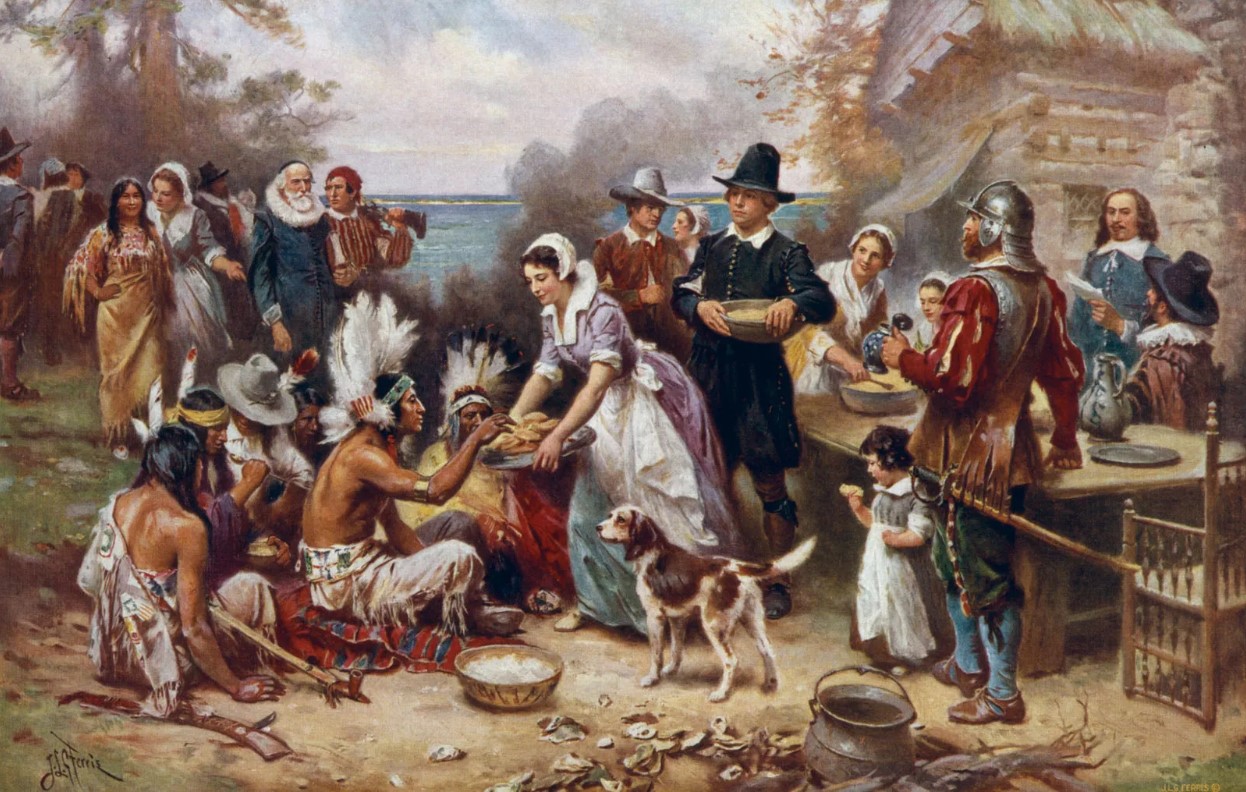
Source: Britannica
6. Which of the following was NOT a major battle during the Revolutionary War?
- A) The Battles of Lexington and Concord
- B) The Battle of Brandywine
- C) The Battle of Buffalo
- D) The Battle of Yorktown
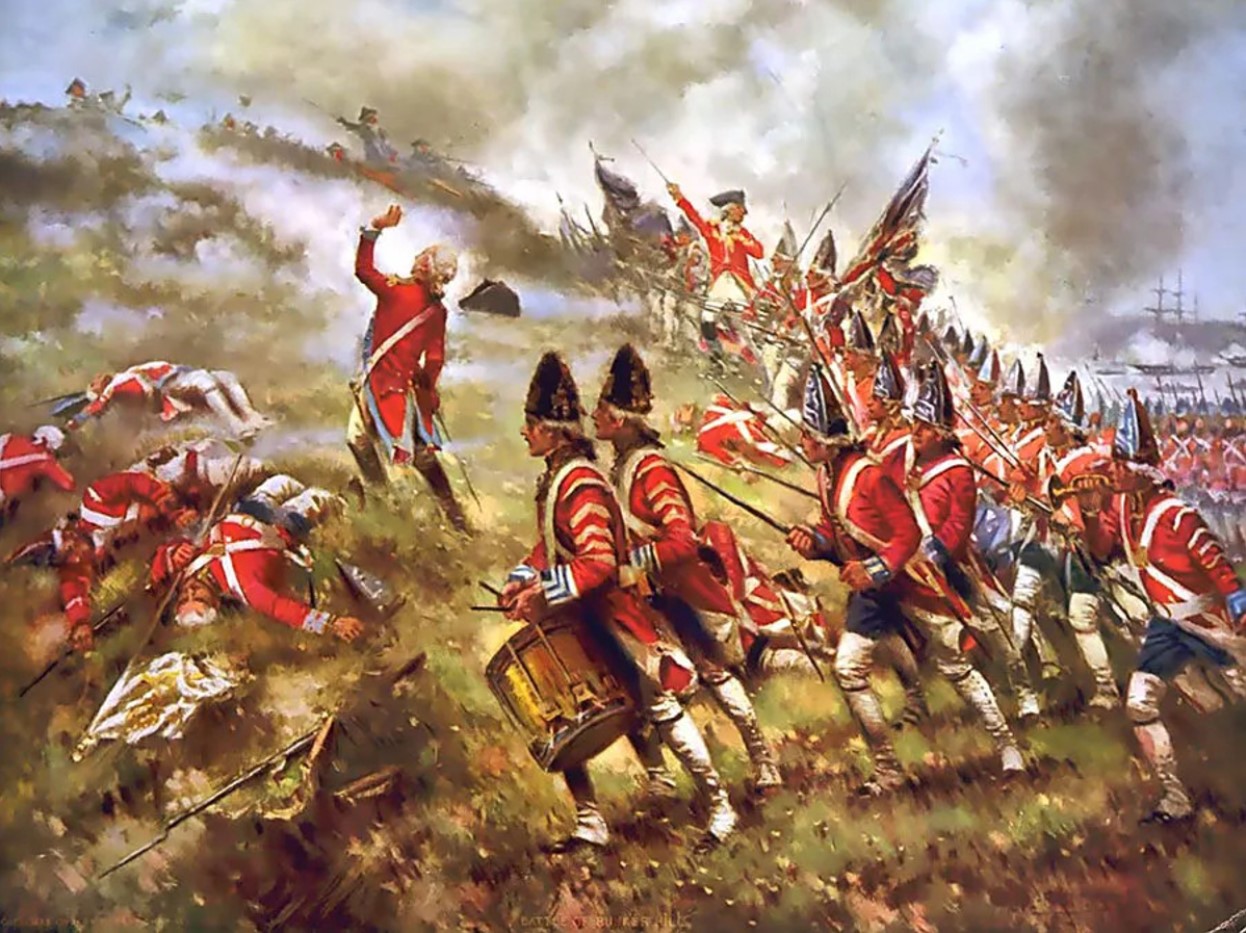
Source: Britannica
Answer:
The Battle of Buffalo
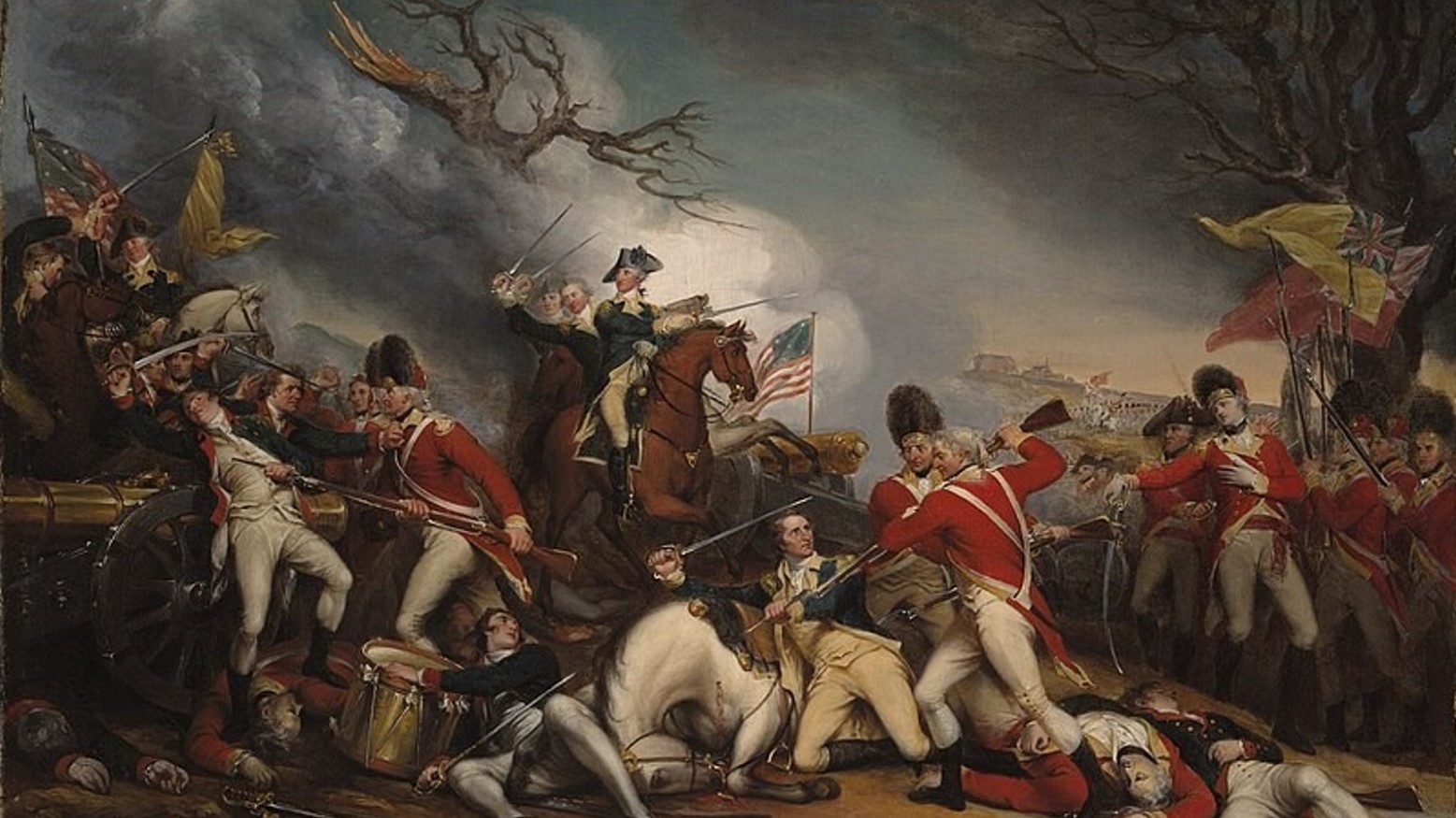
Source: World History Encyclopedia
7. Who were the Hessians?
- A) Native Americans loyal to the British Crown
- B) Professional German soldiers hired by the British Crown
- C) Spanish troops who helped the colonists
- D) Colonists who stayed loyal to the British Crown
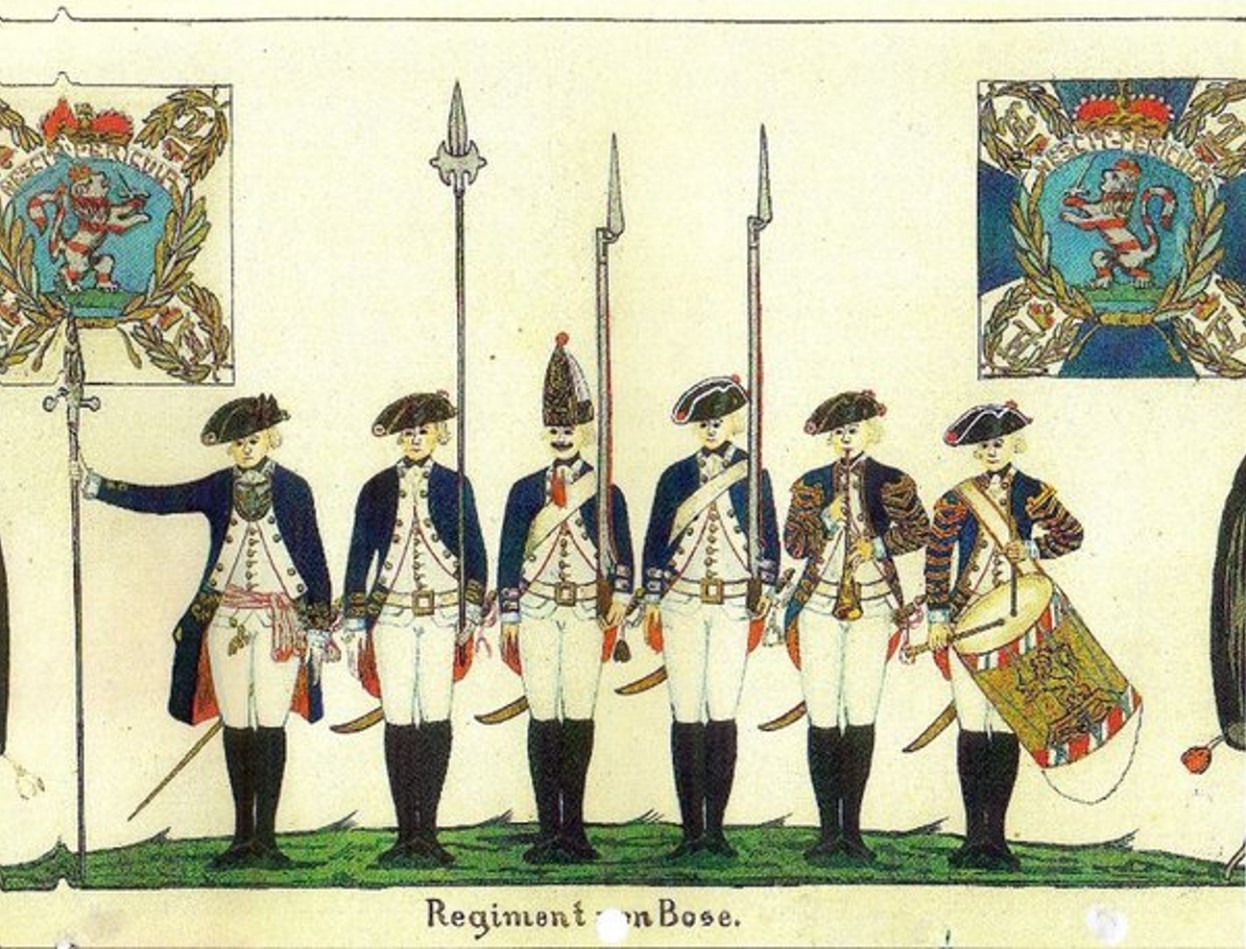
Source: Quora
Answer:
Professional German soldiers hired by the British Crown
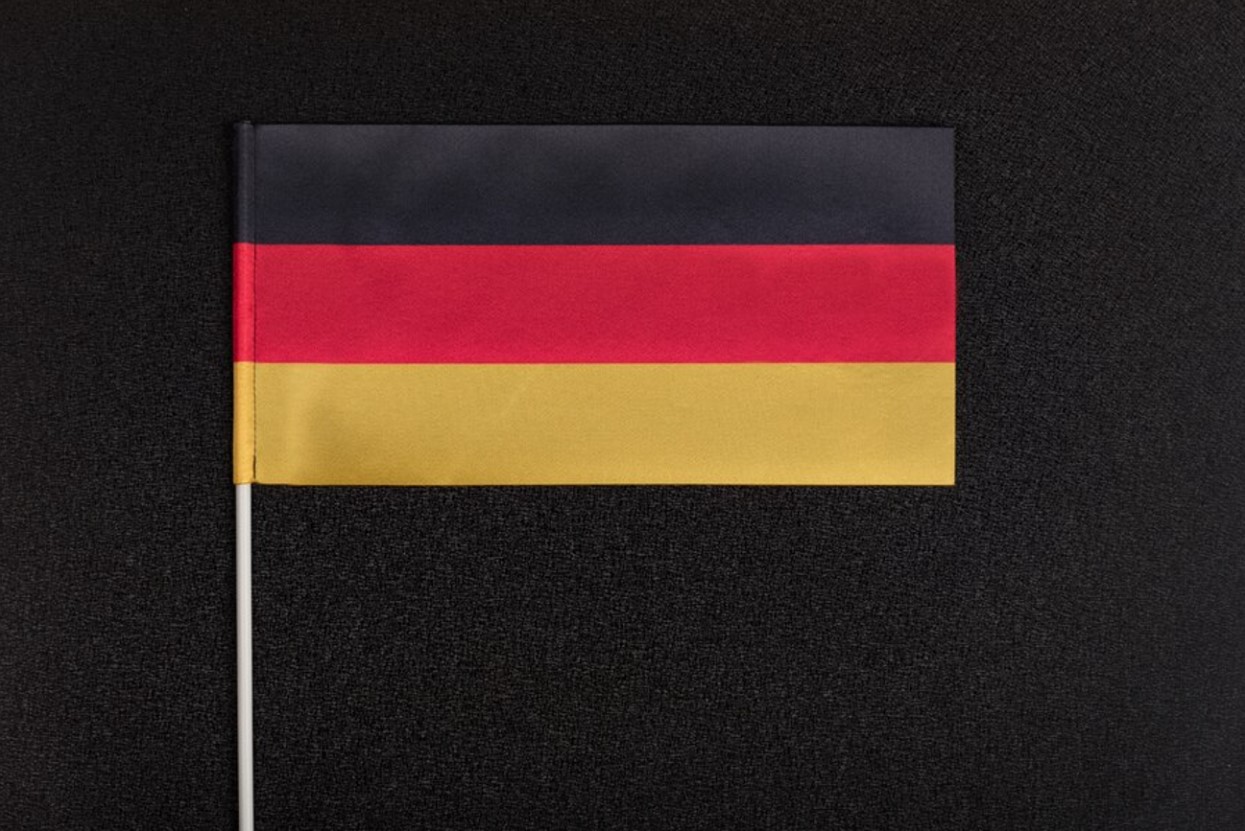
Source: Freepik
8. Over the course of the Revolutionary War, how many men served in the Continental Army?
- A) 54,000
- B) 13,000
- C) 122,000
- D) 231,000
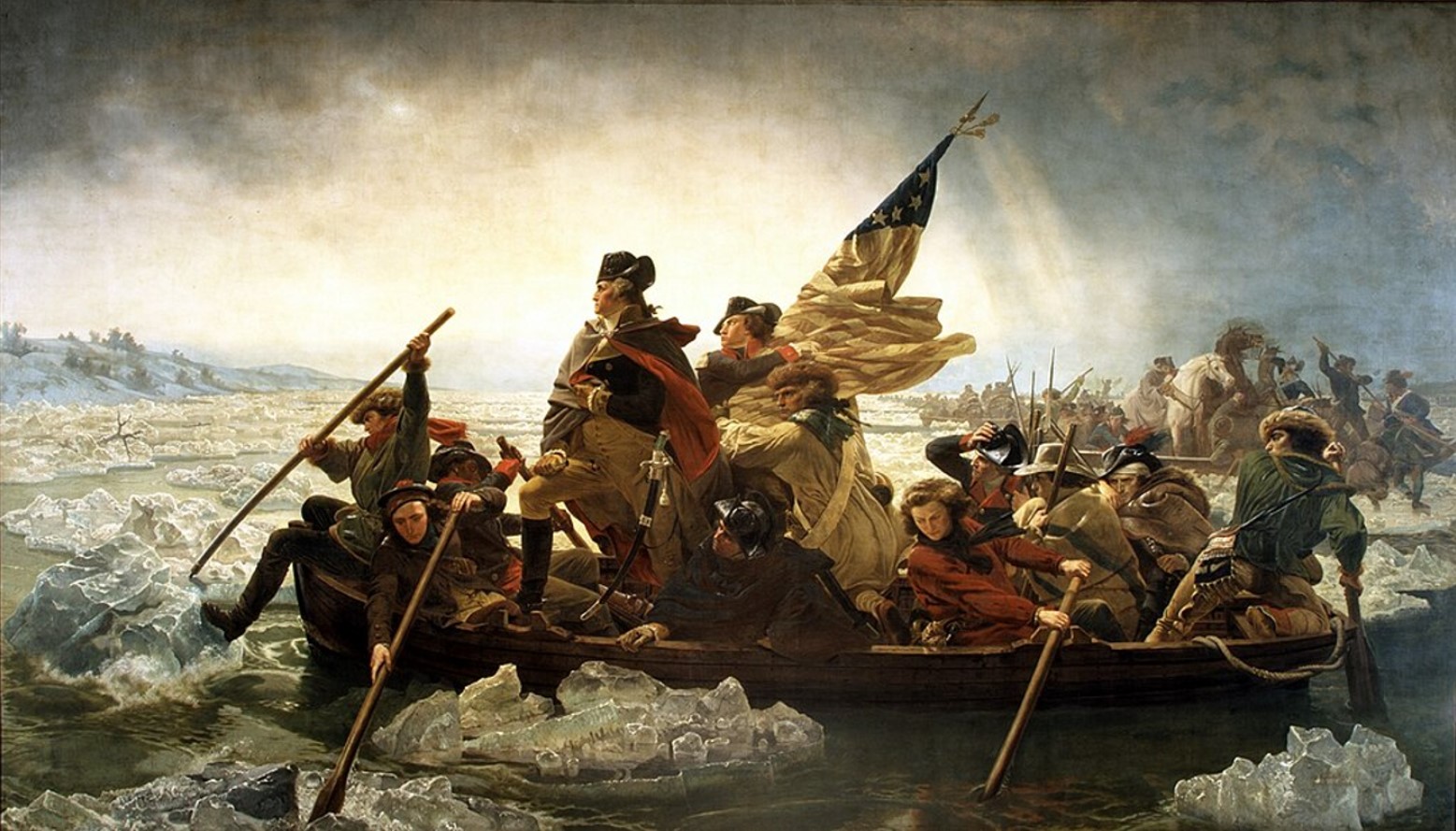
Source: Wikipedia
Answer:
231,000
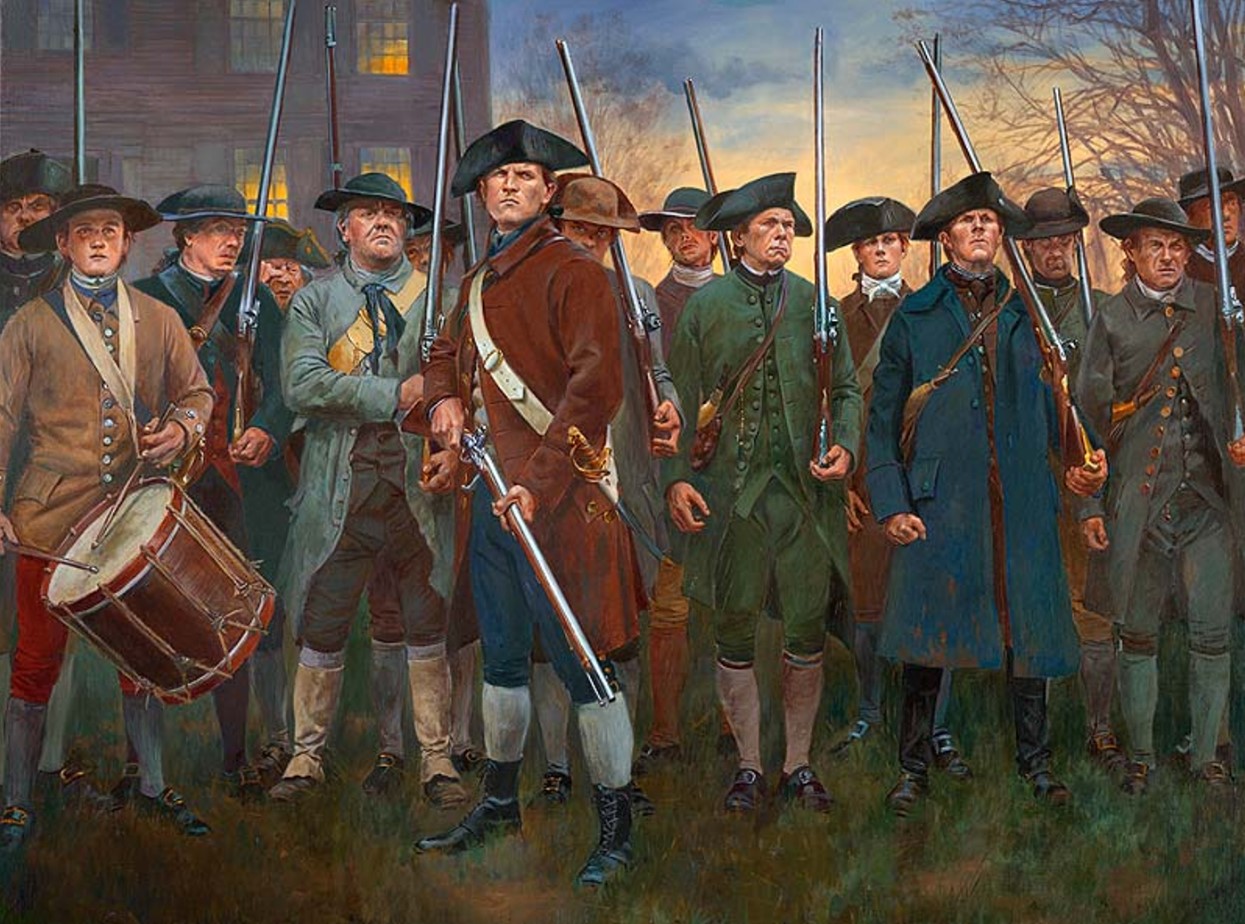
Source: Boston Tea Party Ships & Museums
9. Who was the commander-in-chief of the Continental Army during the Revolutionary War?
- A) George Washington
- B) John Adams
- C) William Heath
- D) Thomas Mifflin
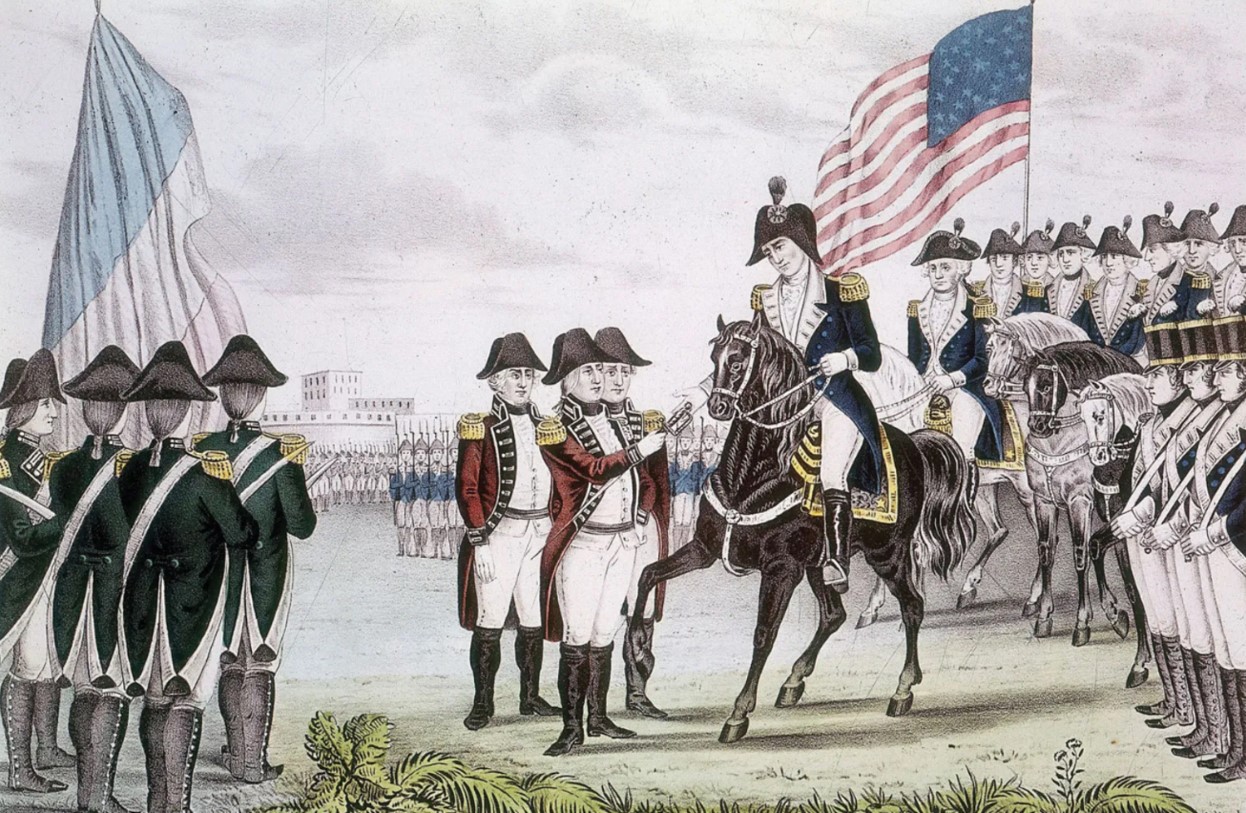
Source: Britannica
Answer:
George Washington
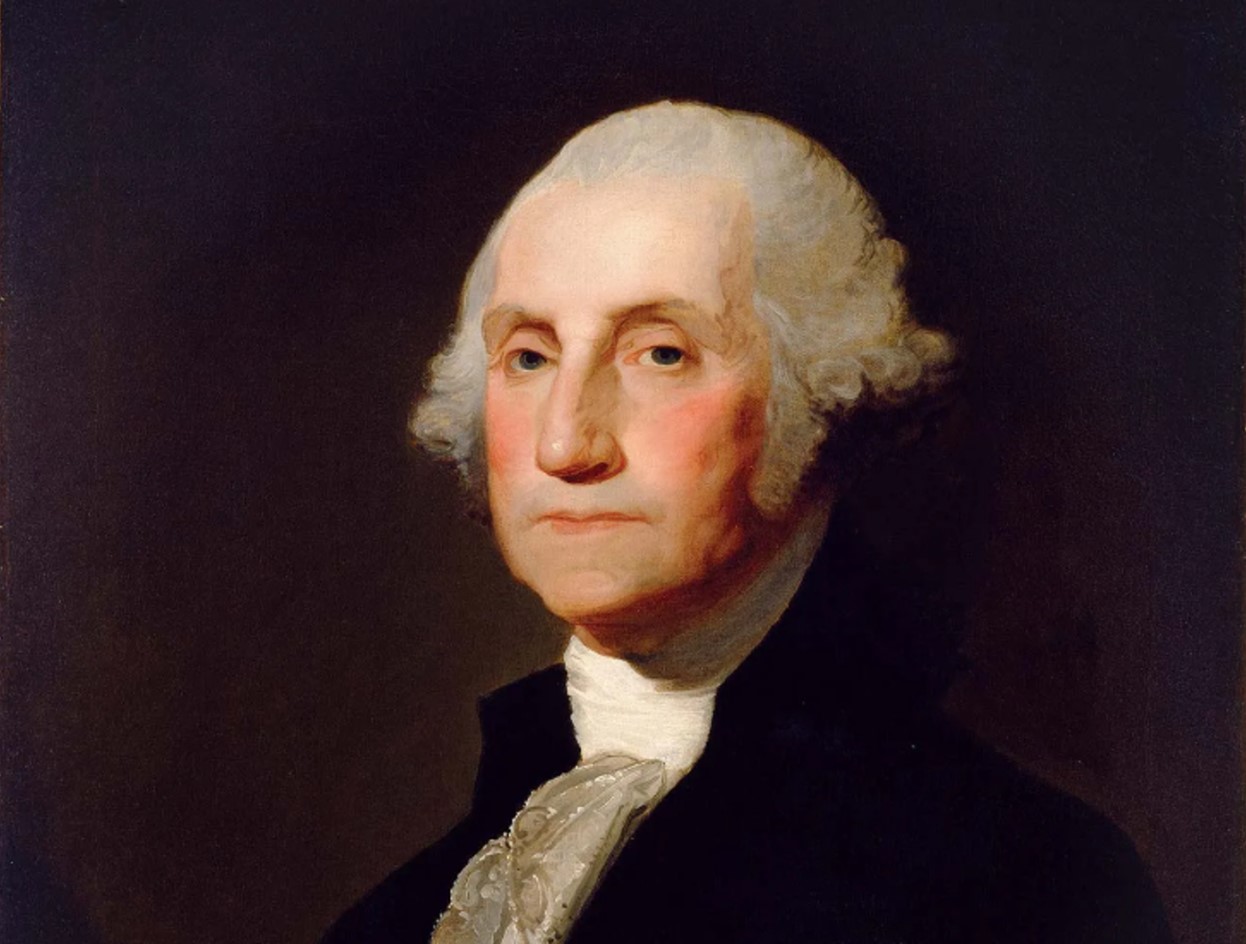
Source: Britannica
10. The signing of which document ended the Revolutionary War?
- A) The Declaration of Independence
- B) The Treaty of Paris
- C) The Liberation Act
- D) The Continental Freedom Petition
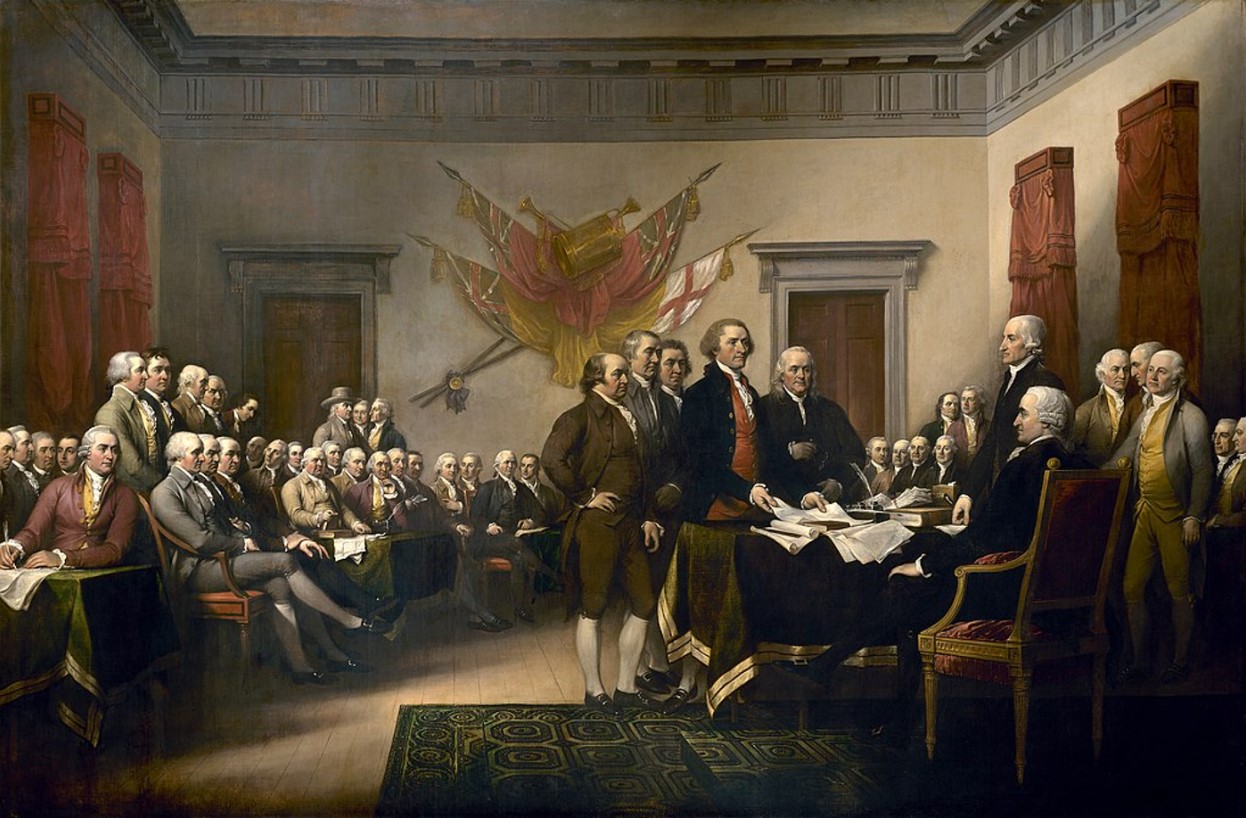
Source: Wikipedia
Answer:
The Treaty of Paris
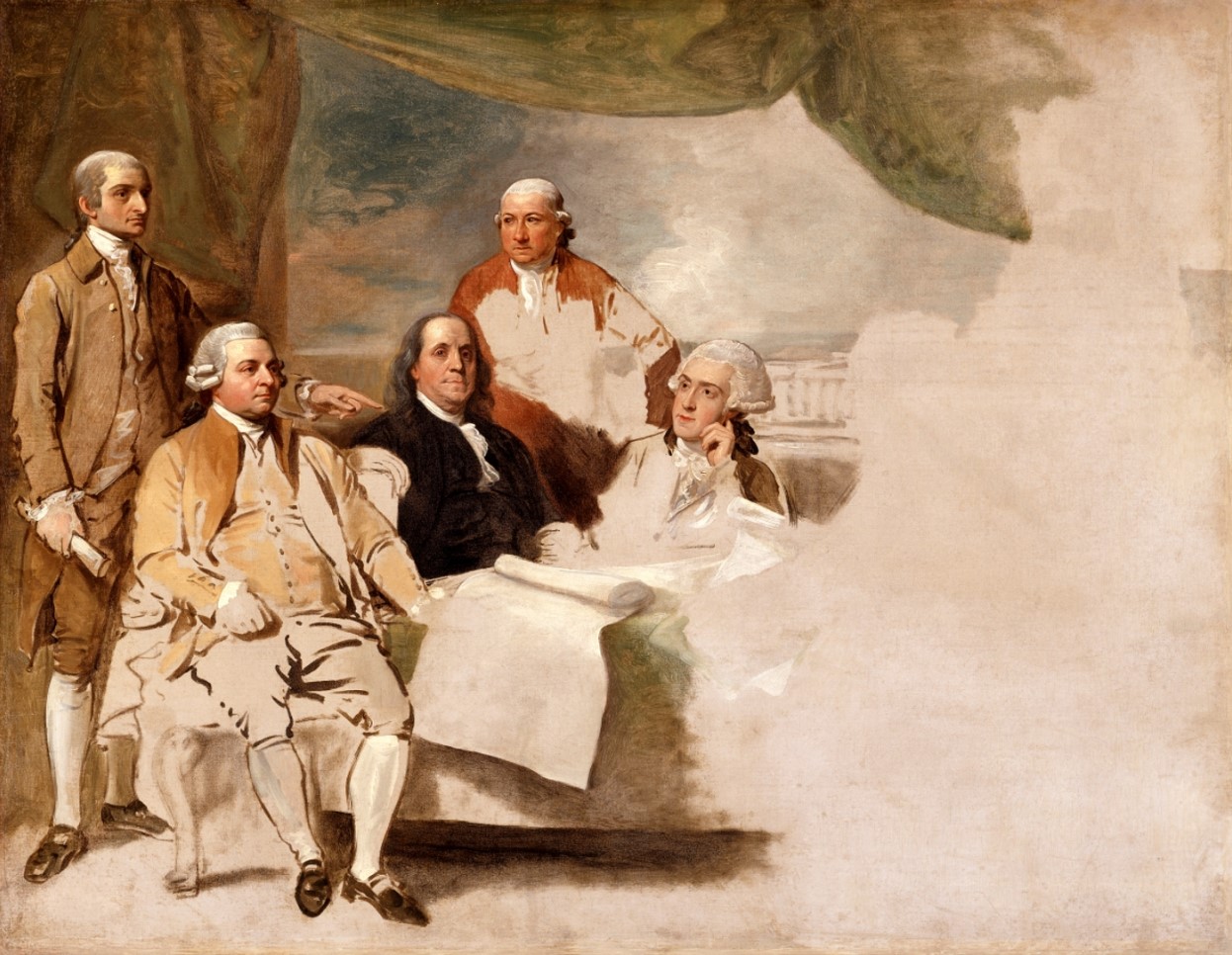
Source: Wikipedia
11. Which battle was considered the turning point of the Revolutionary War?
- A) The Battle of Gettysburg
- B) The Battle of Bunker Hill
- C) The Battle of Lexington and Concord
- D) The Battle of Valley Forge
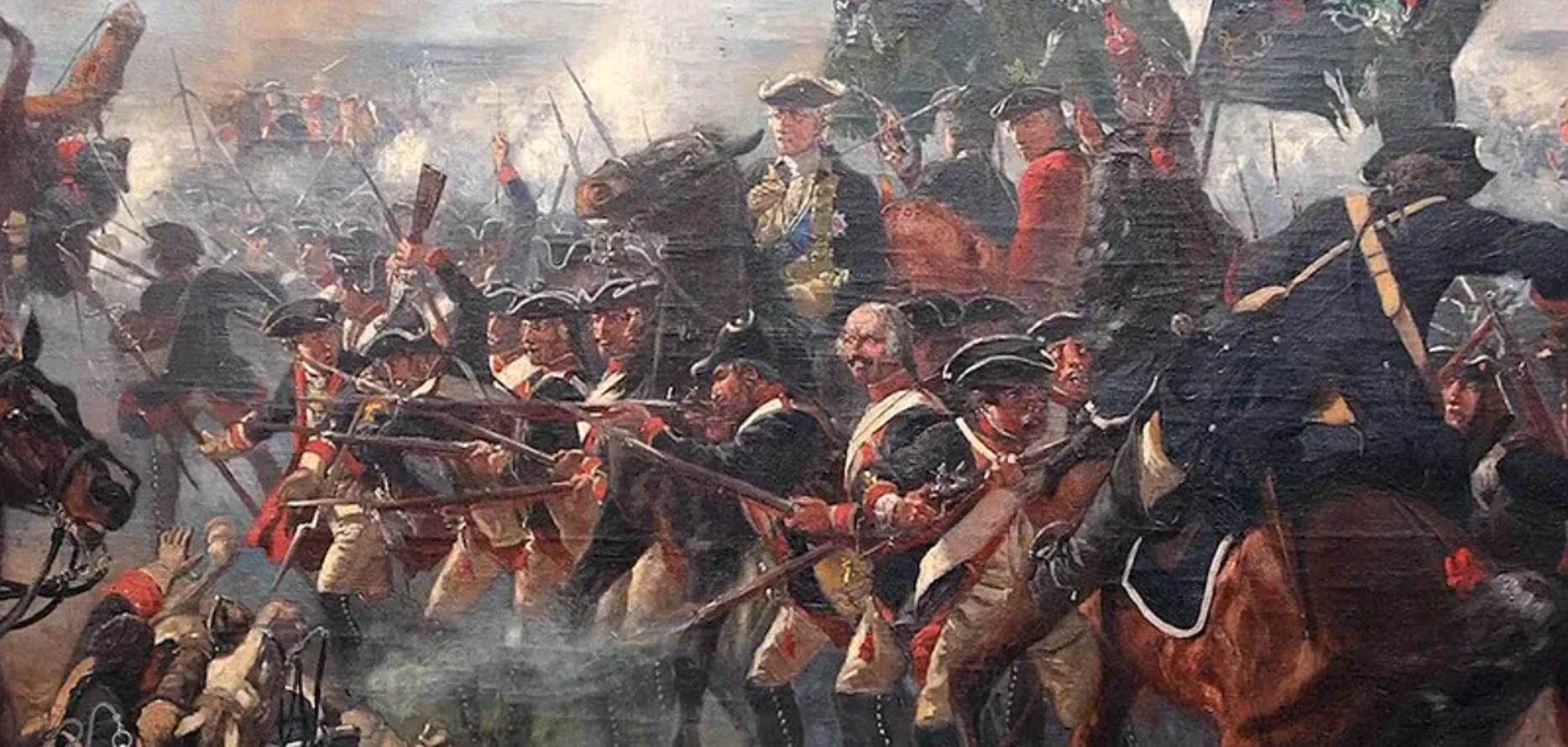
Source: Britannica
Answer:
The Battle of Valley Forge
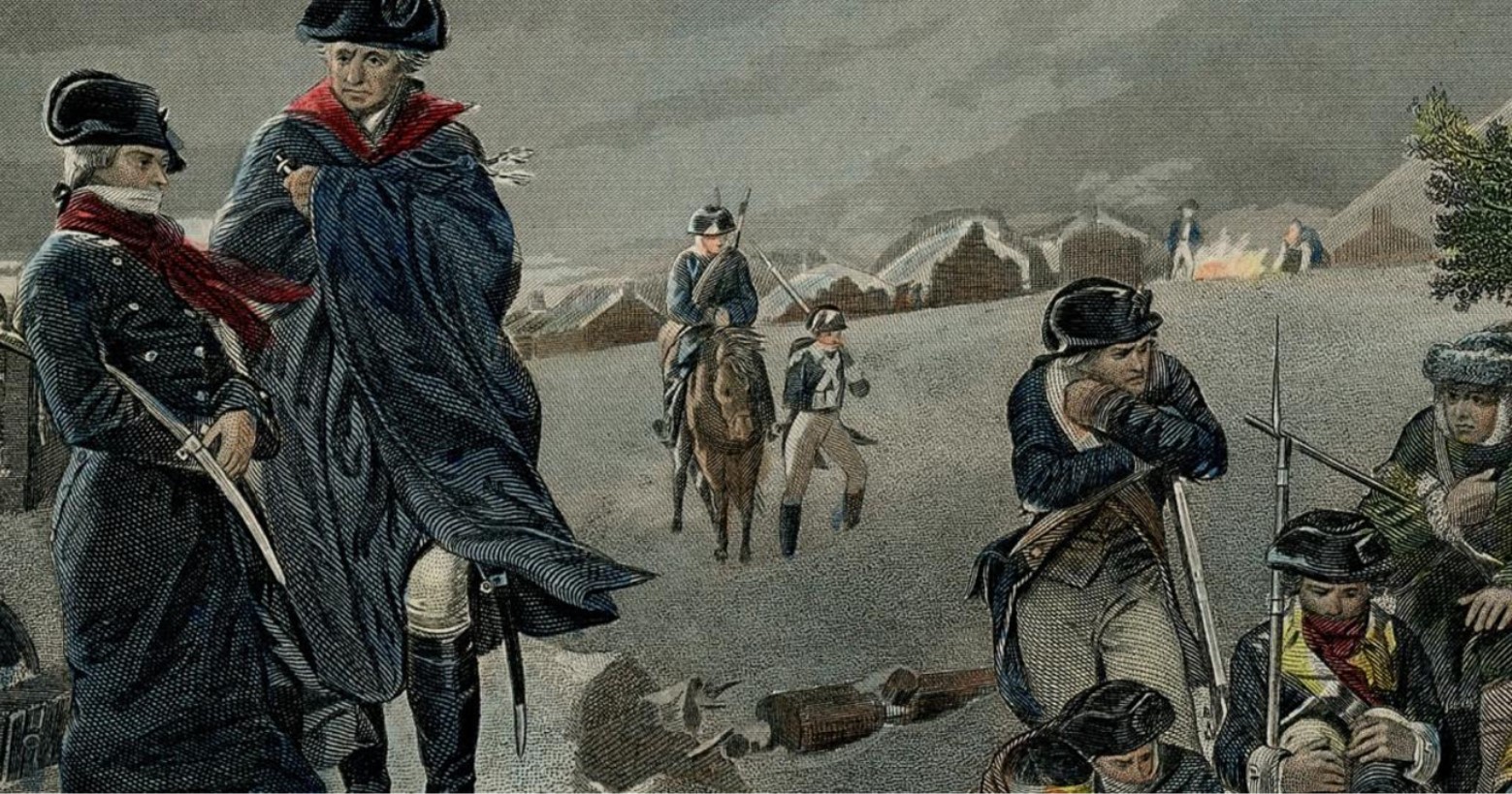
Source: American Battlefield Trust
12. Why did many Native American tribes side with the British?
- A) The British promised that American colonists wouldn’t be able to move west onto Native American lands
- B) The British offered them money to fight for them
- C) The British offered to let Native Americans start their own country at the end of the war
- D) No Native Americans sided with the British
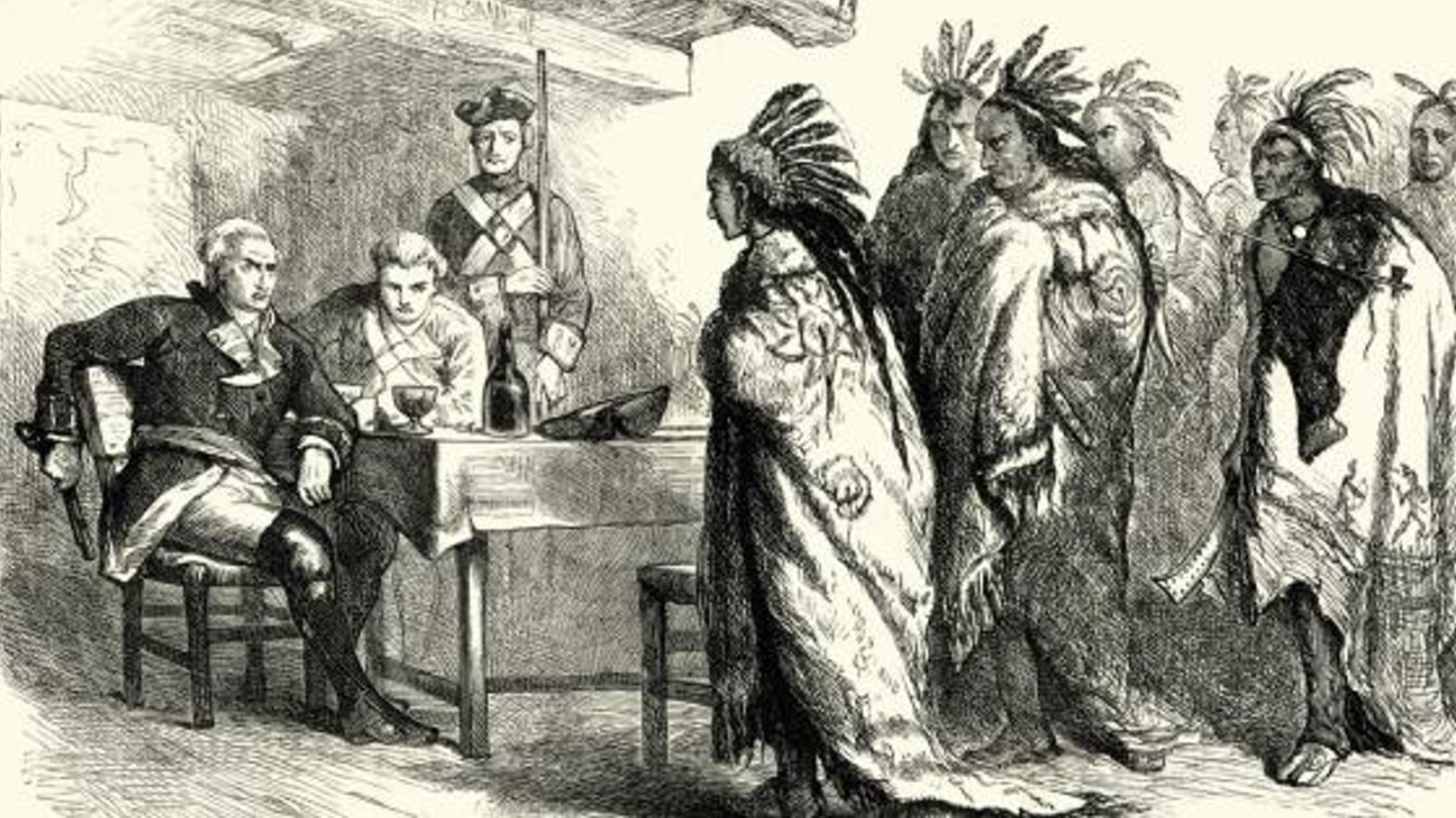
Source: American Battlefield Trust
Answer:
The British promised that American colonists wouldn’t be able to move west onto Native American lands

Source: Library of Congress
13. What percentage of the colonists remained loyalists throughout the Revolutionary War?
- A) 20%
- B) 30%
- C) 40%
- D) 50%
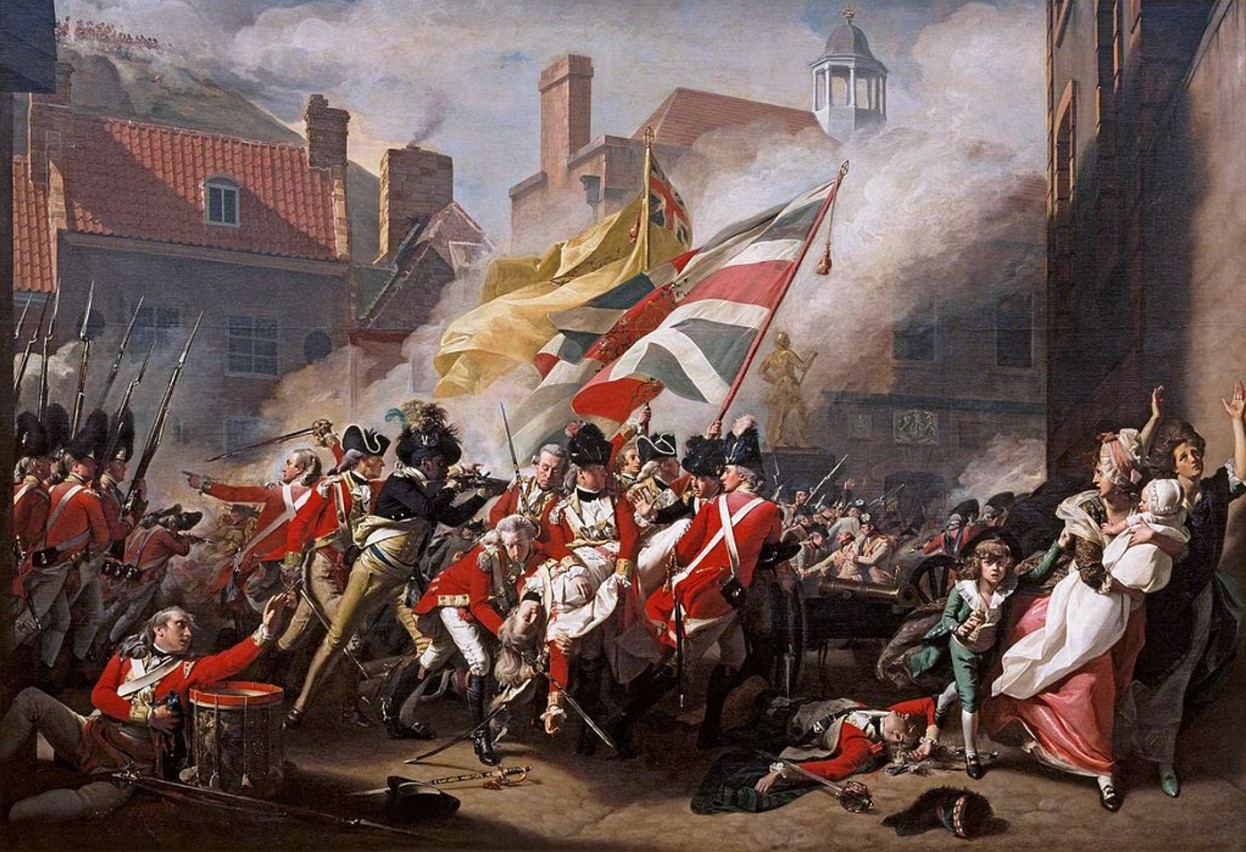
Source: Wikipedia
Answer:
20%
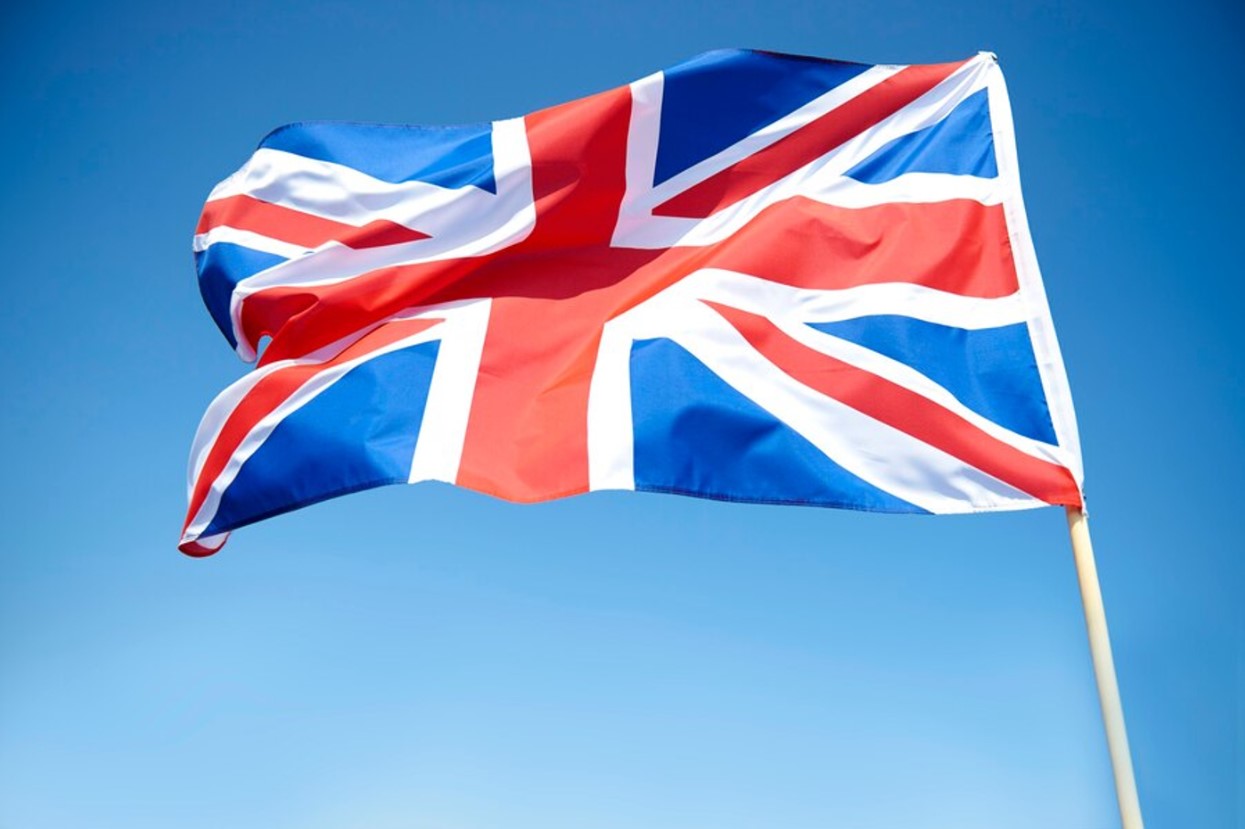
Source: Freepik
14. Who was the king of Great Britain during the Revolutionary War?
- A) King William VI
- B) King George III
- C) King George II
- D) King Charles II
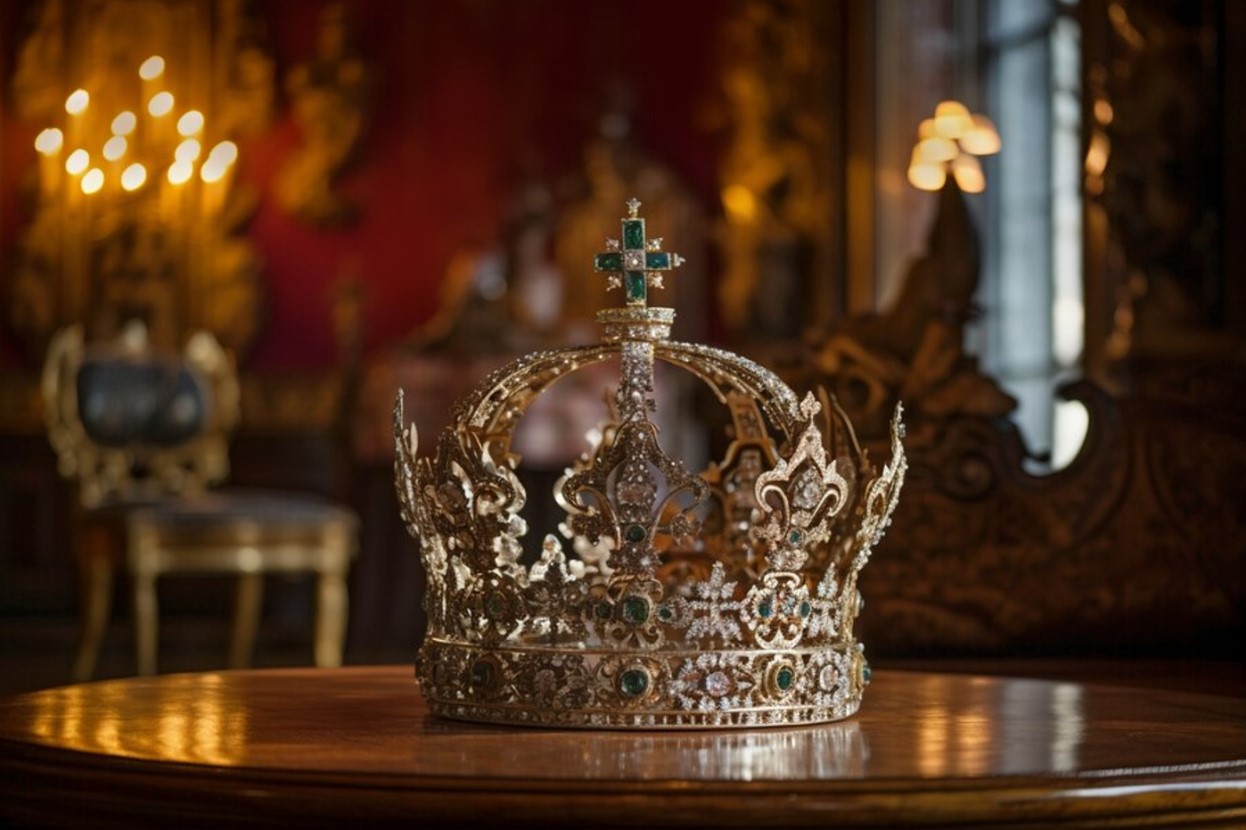
Source: Freepik
Answer:
King George III
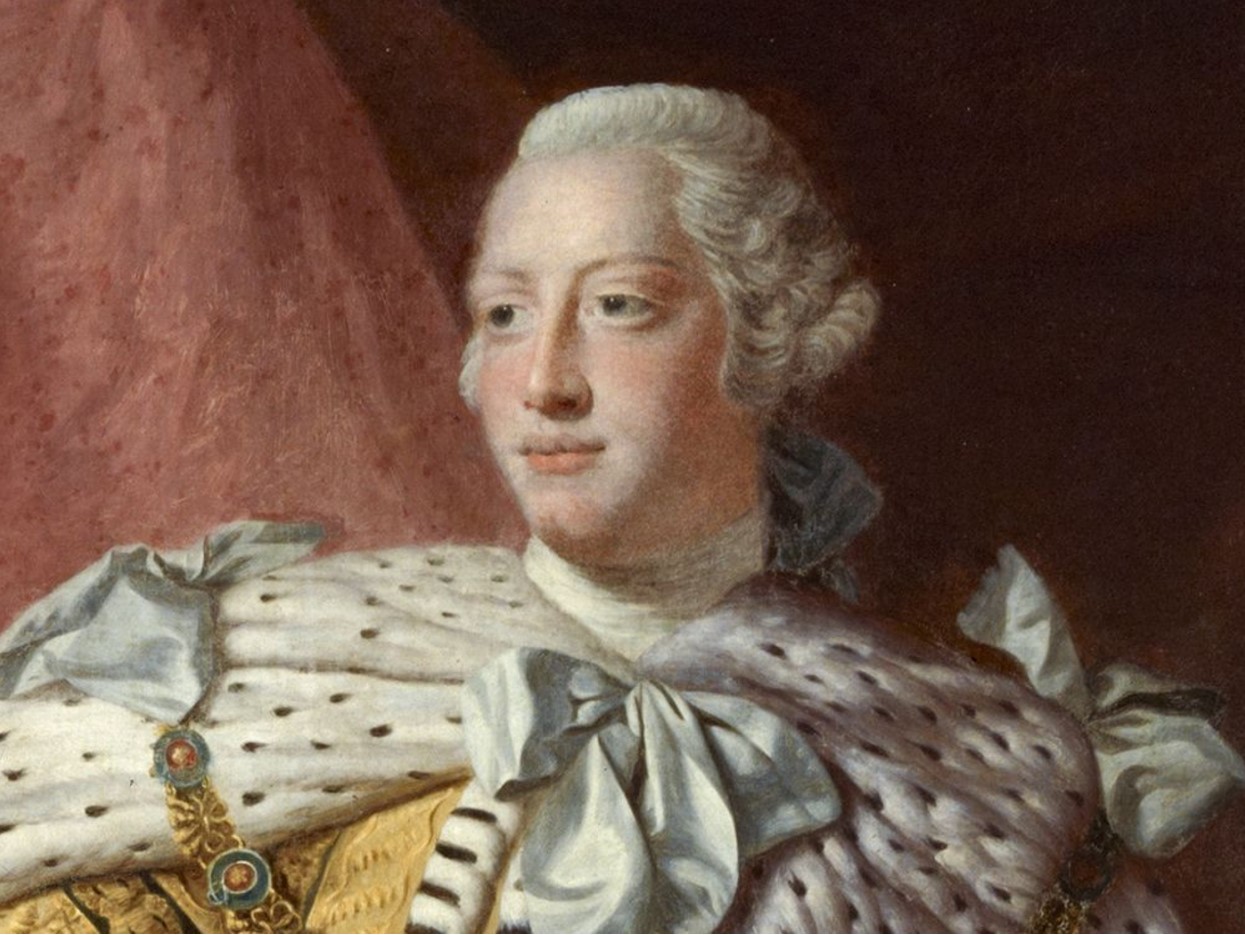
Source: Wikipedia
15. Which was the final battle of the Revolutionary War?
- A) The Battle of Yorktown
- B) The Siege of Charleston
- C) The Siege of Fort Ticonderoga
- D) The Battle of Guilford Courthouse
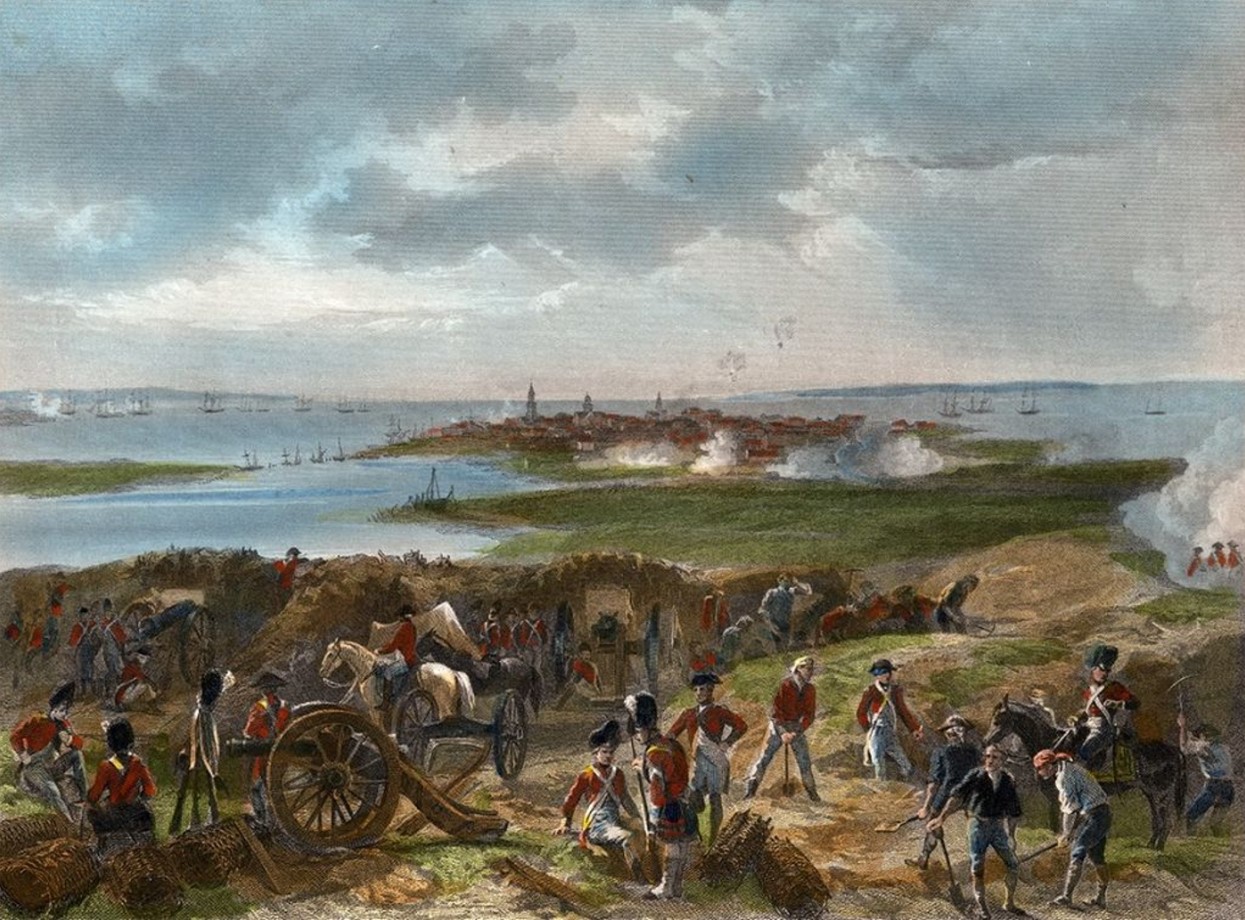
Source: Wikipedia
Answer:
The Battle of Yorktown
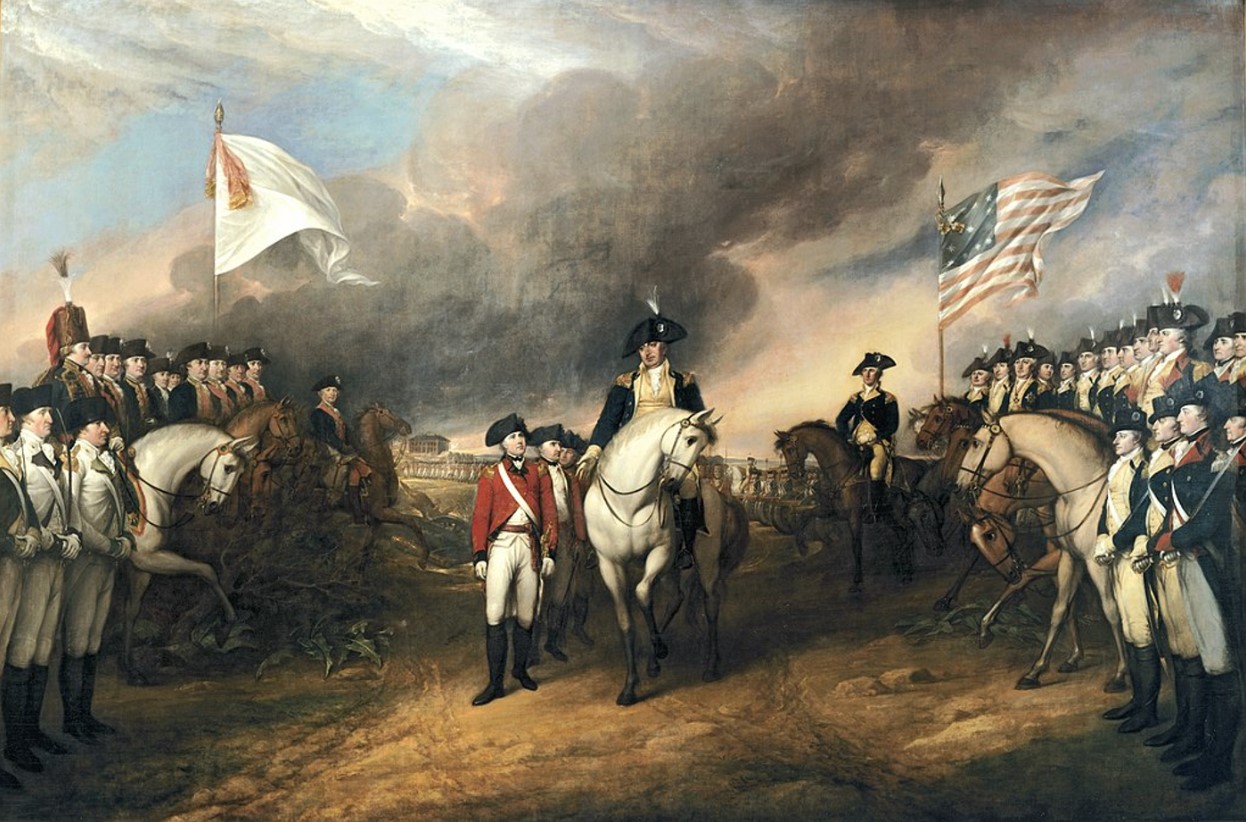
Source: Wikipedia
